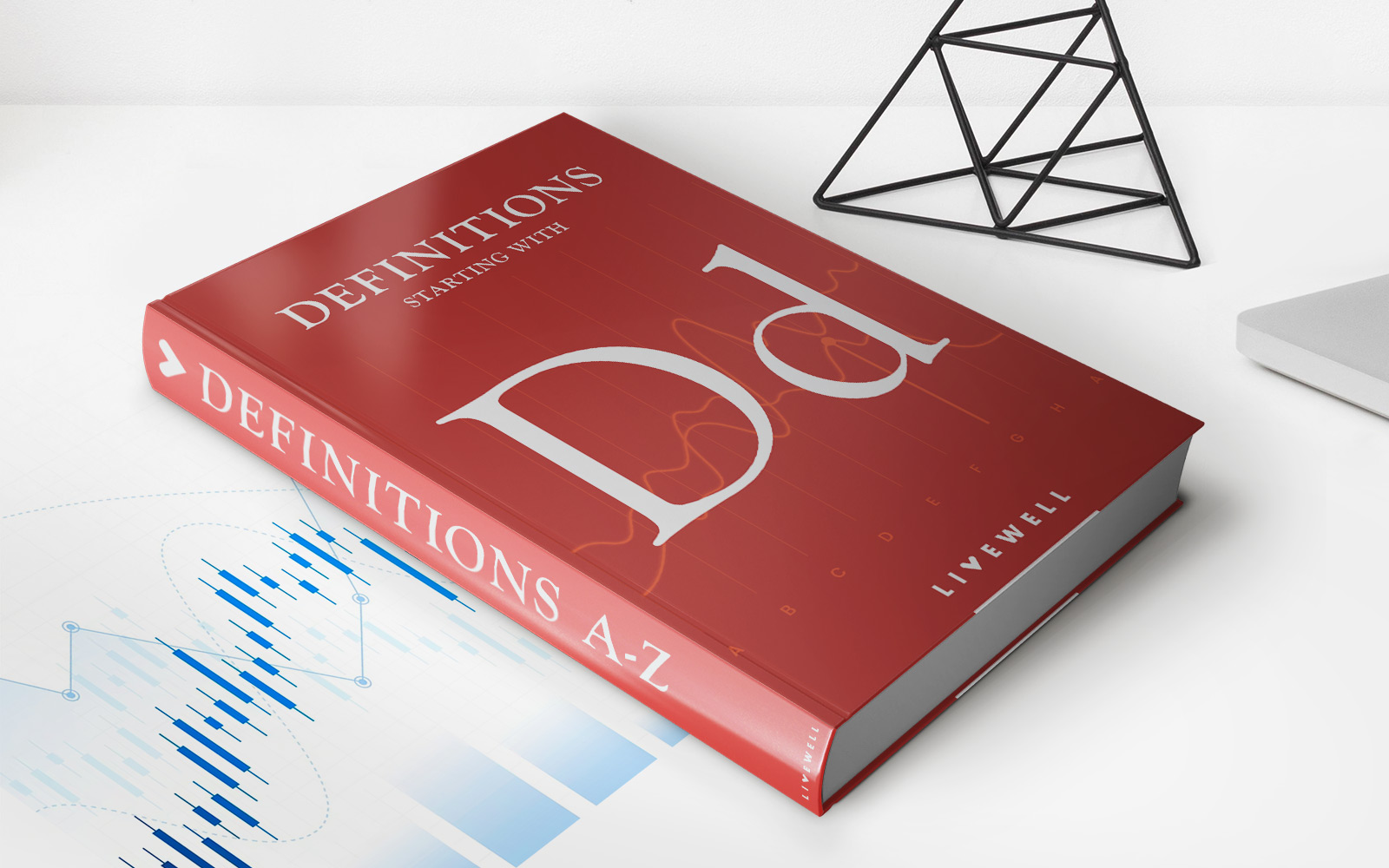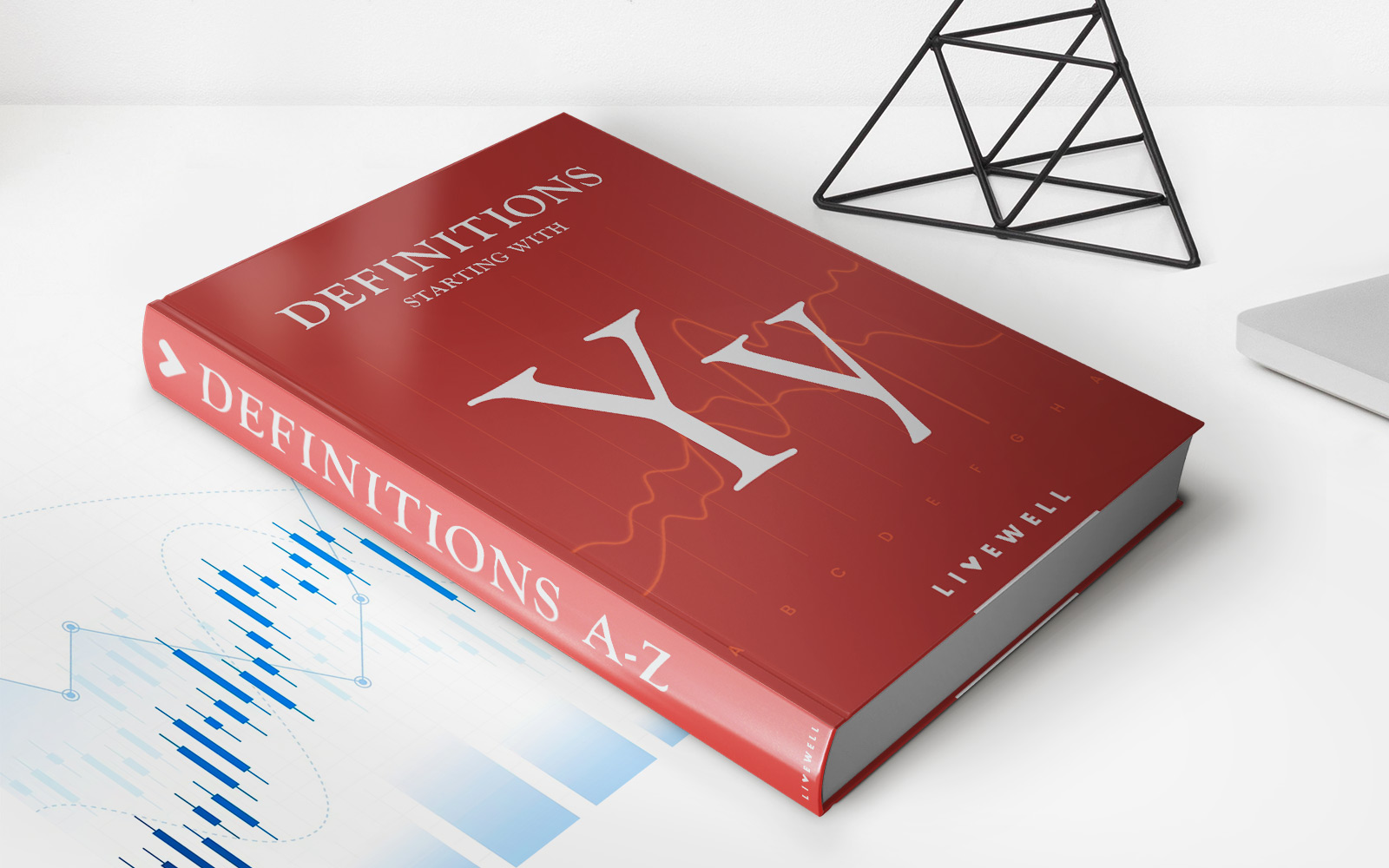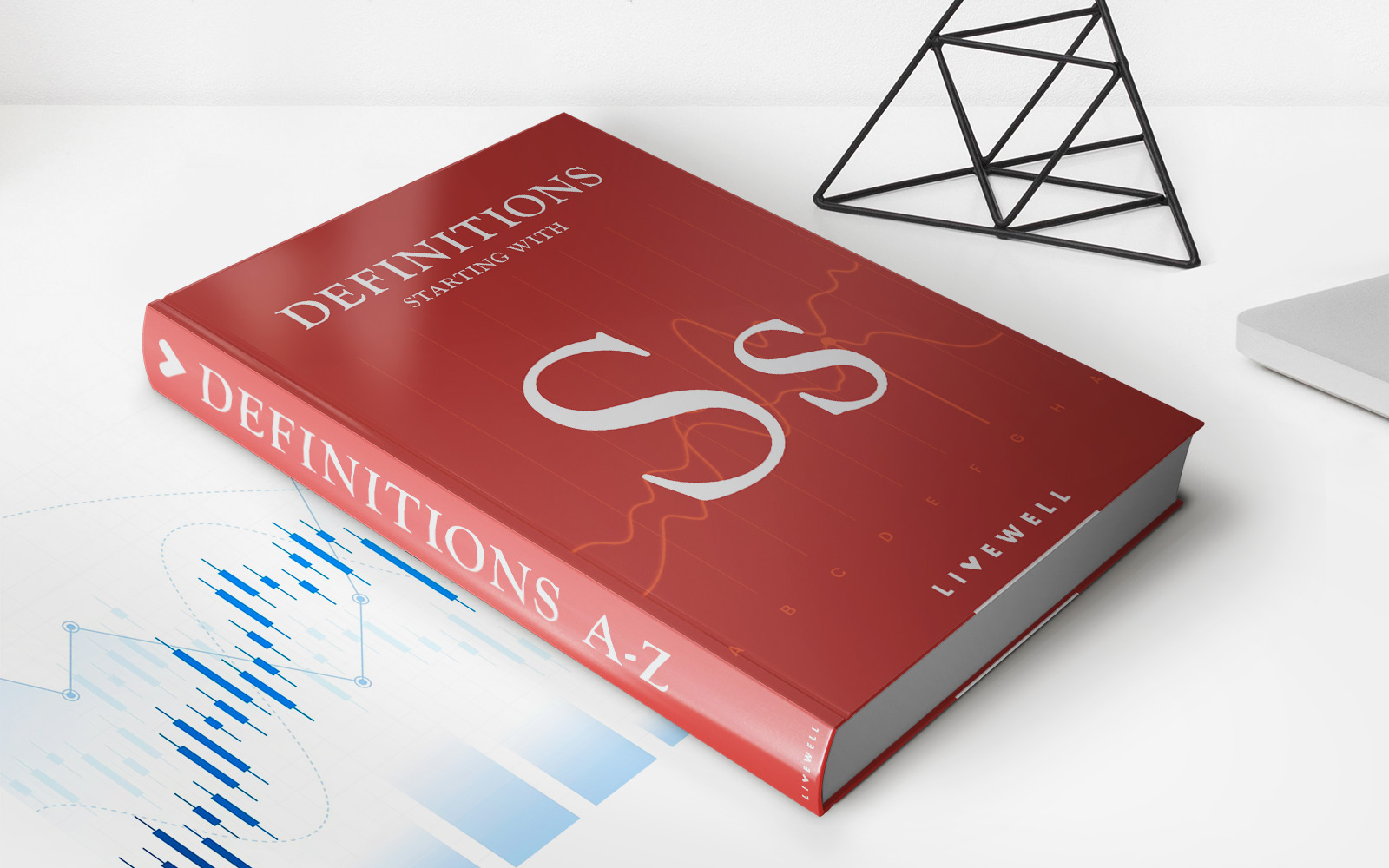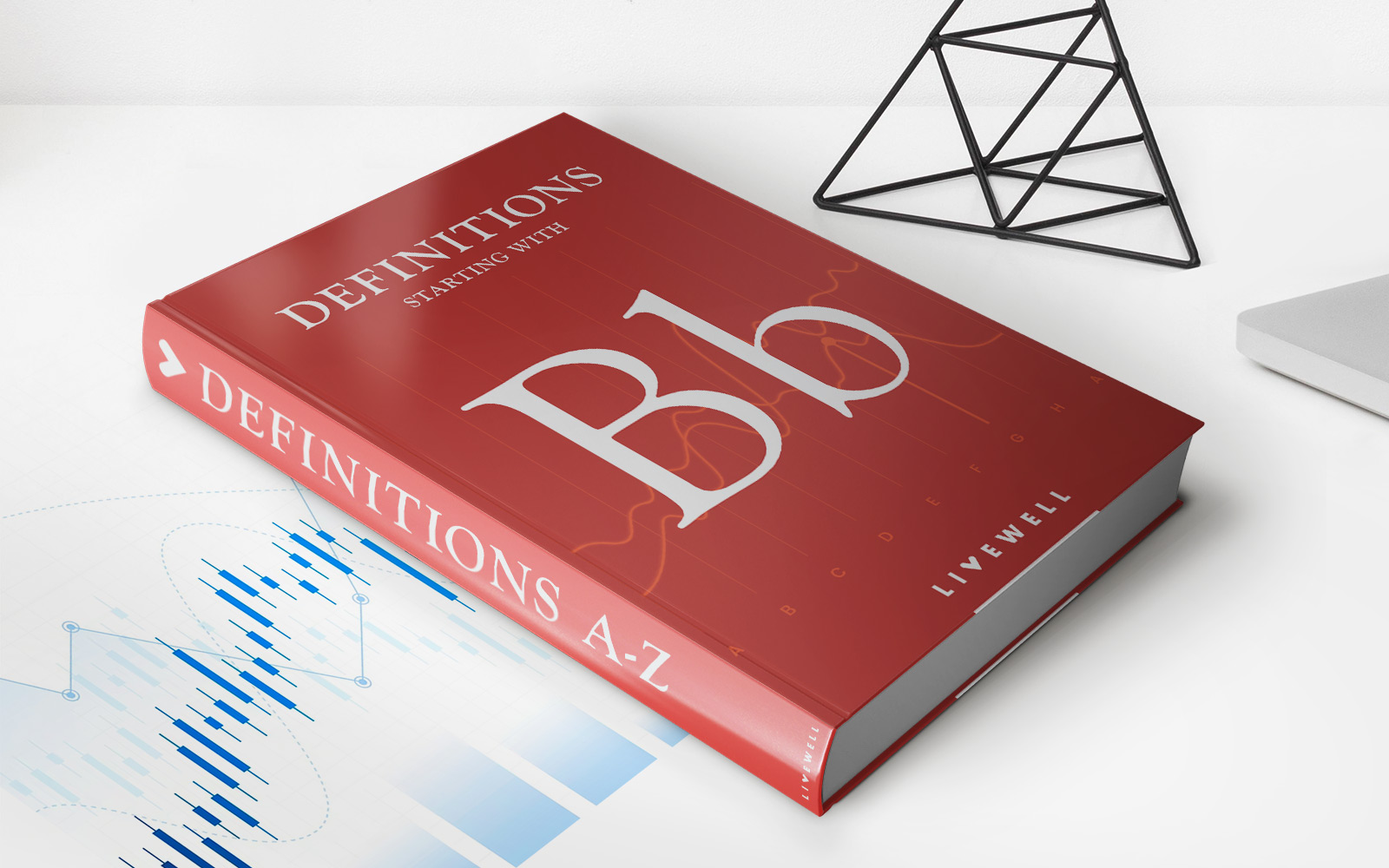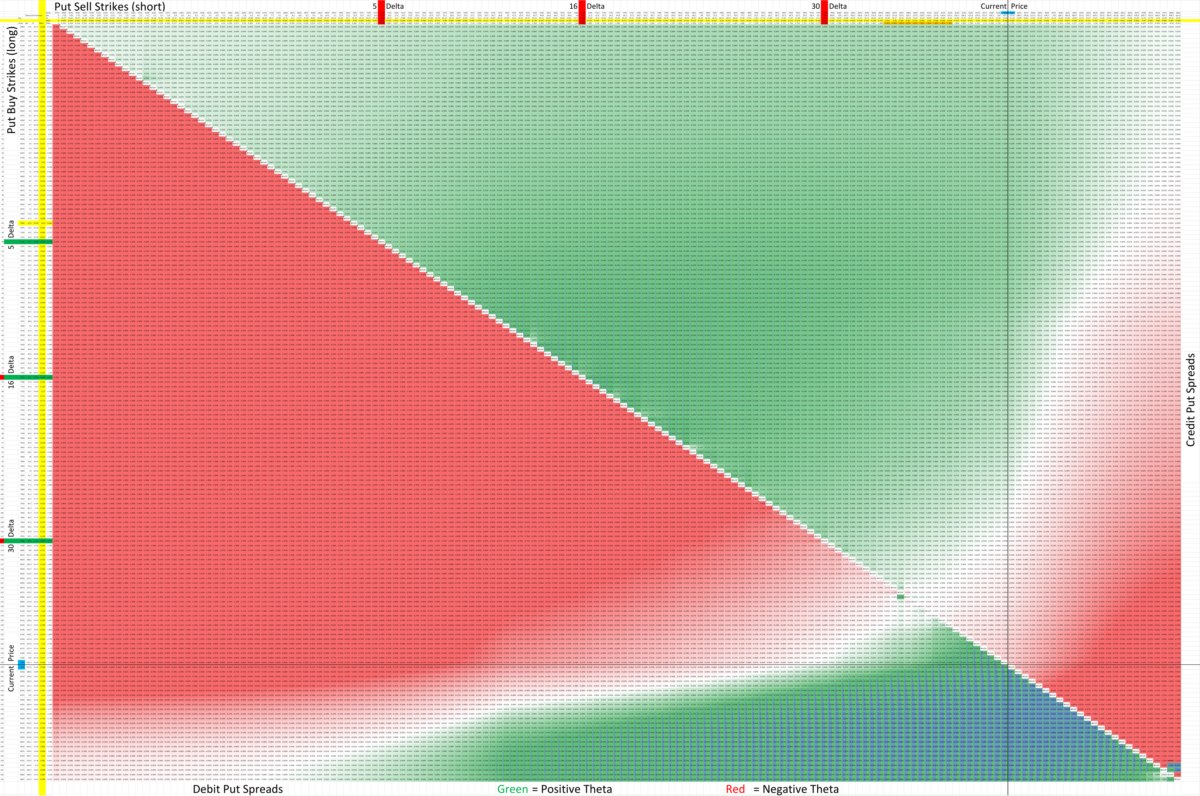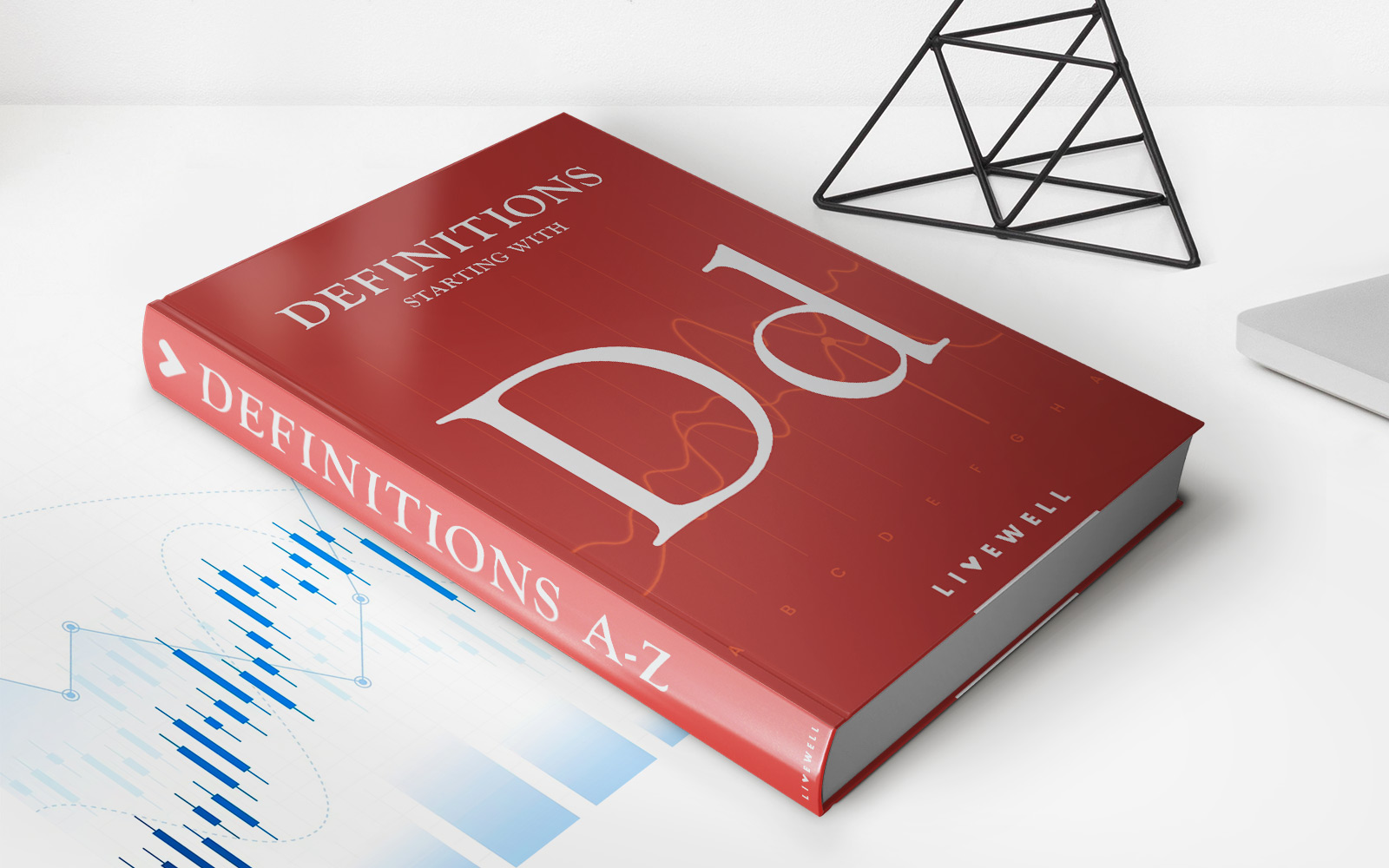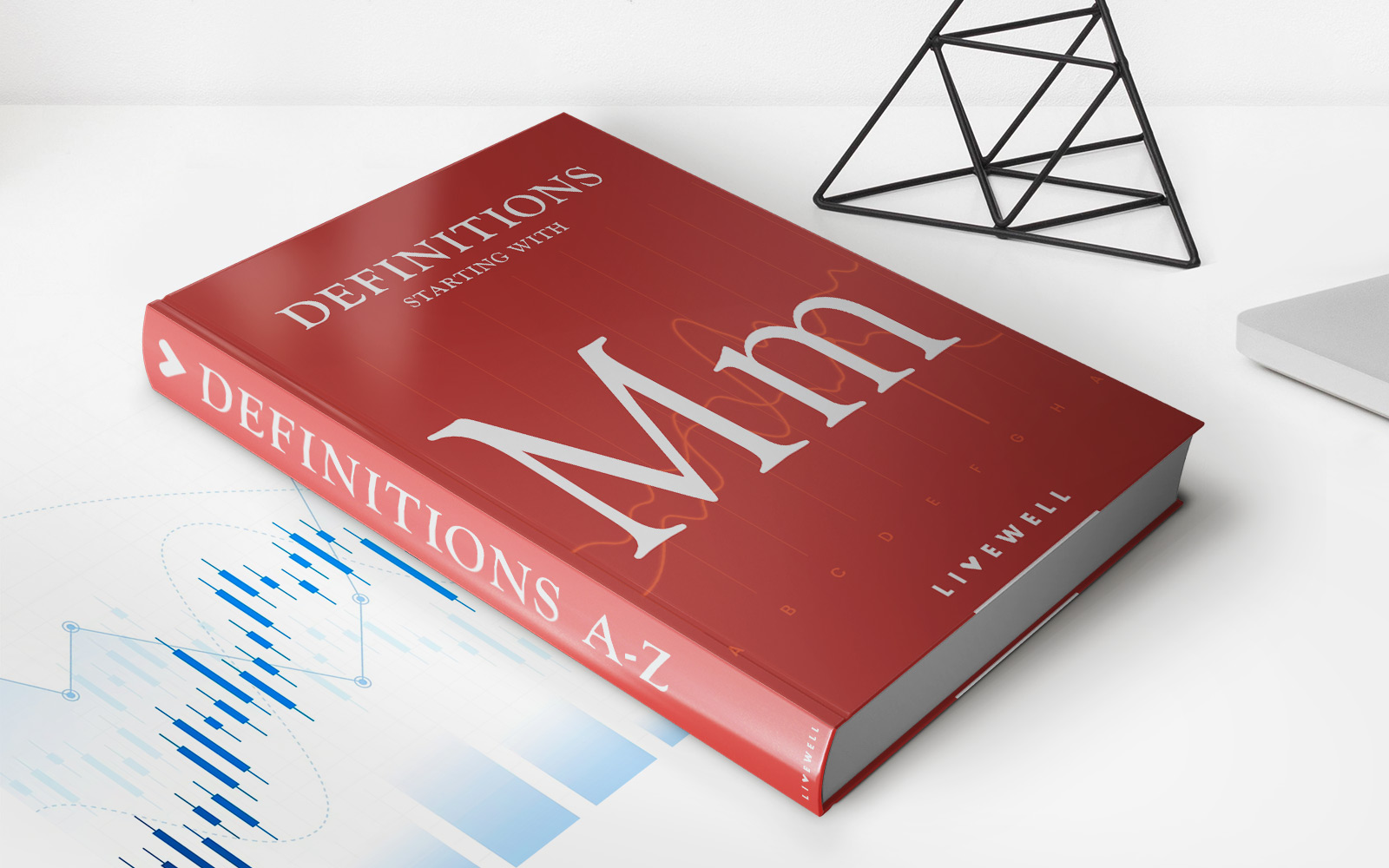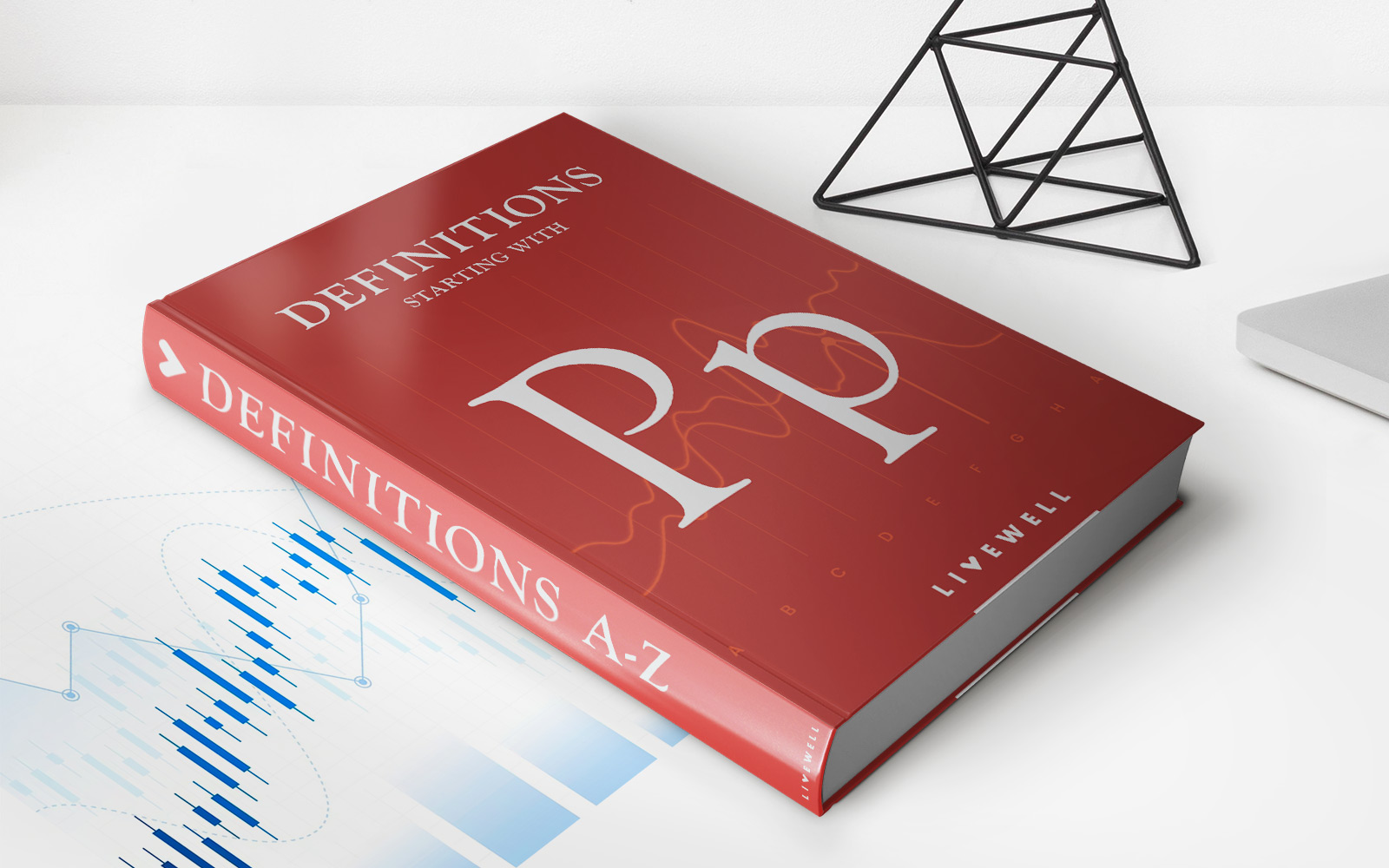

Finance
Proportional Spread Definition
Published: January 13, 2024
Learn the meaning of proportional spread in finance and how it affects investment returns. Gain insights into this key financial concept.
(Many of the links in this article redirect to a specific reviewed product. Your purchase of these products through affiliate links helps to generate commission for LiveWell, at no extra cost. Learn more)
Understanding Proportional Spread in Finance
When it comes to managing our finances, there are numerous terms and concepts that may seem overwhelming at first. One such term is proportional spread. If you’re unfamiliar with this concept, fear not! In this blog post, we’ll demystify proportional spread and explore its relevance in the world of finance.
Key Takeaways:
- Proportional spread refers to the difference between the bid and ask prices of a financial instrument.
- It serves as a measurement of liquidity and market efficiency.
What is Proportional Spread?
In finance, the proportional spread is defined as the difference between the bid and ask prices of a given financial instrument. The bid price represents the highest price a buyer is willing to pay for the instrument, while the ask price represents the lowest price at which a seller is willing to sell.
The bid-ask spread exists in most financial markets, from stocks and bonds to currencies and commodities, and it acts as an important indicator of market liquidity and efficiency. The size of the spread can vary widely depending on factors such as the asset’s popularity, trading volume, and overall market conditions.
Calculating Proportional Spread
To calculate the proportional spread, you simply subtract the bid price from the ask price. The resulting number represents the spread in terms of the financial instrument’s price. For example, if the bid price of a stock is $100 and the ask price is $101, the proportional spread would be $1.
It’s also important to note that the spread can be expressed as a percentage of the ask price, providing a relative measure of the spread’s magnitude. This percentage is often referred to as the spread percentage or spread ratio. It is calculated by dividing the spread by the ask price and multiplying the result by 100.
Significance of Proportional Spread
The proportional spread plays a crucial role in financial markets for several reasons:
- Liquidity: The spread is a reflection of market liquidity, indicating how easily a financial instrument can be bought or sold. A smaller spread typically suggests higher liquidity, making it easier for traders to enter and exit positions without incurring significant costs.
- Market Efficiency: The spread also serves as an indicator of market efficiency. In highly efficient markets, the spread tends to be narrower since there is a higher volume of buyers and sellers. Conversely, in less efficient markets, the spread may be wider due to a lack of liquidity or less trading activity.
By monitoring the proportional spread, investors and traders can make informed decisions about when to buy or sell financial instruments. A narrower spread can provide a better opportunity for profit, while a wider spread may lead to higher transaction costs.
In Summary
Proportional spread refers to the difference between the bid and ask prices of a financial instrument. It serves as a key indicator of liquidity and market efficiency. By understanding the concept of proportional spread, investors can make more informed decisions and navigate financial markets more effectively.
Key Takeaways:
- Proportional spread measures the difference between the bid and ask prices of a financial instrument.
- It reflects market liquidity and efficiency.
